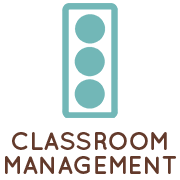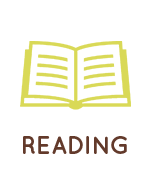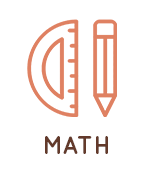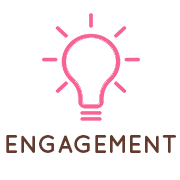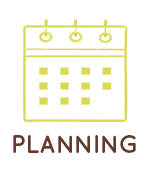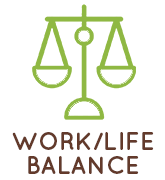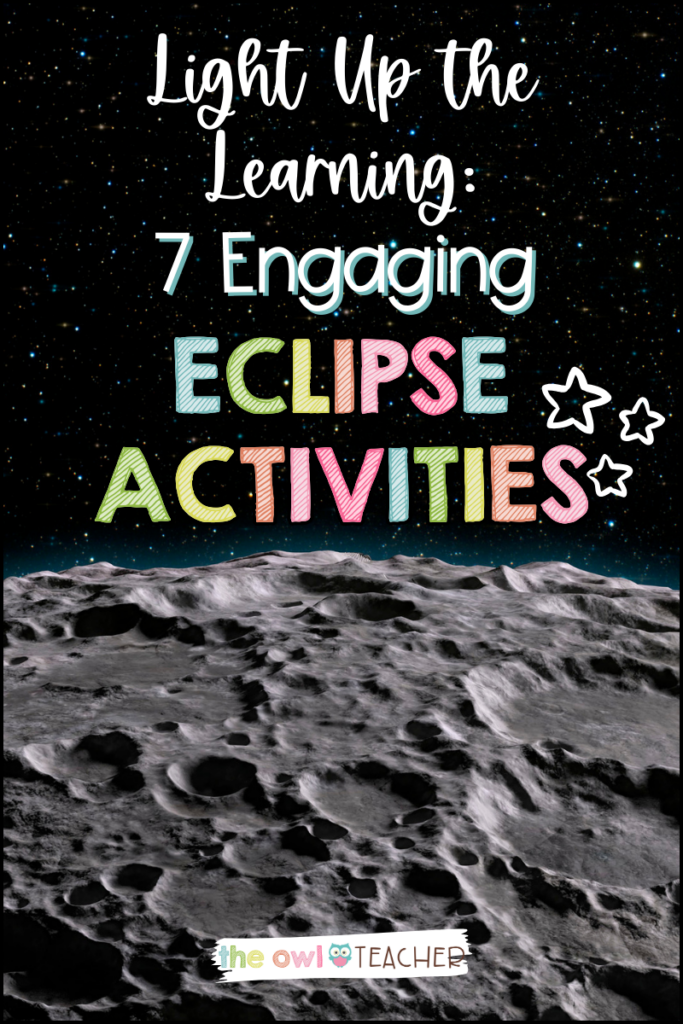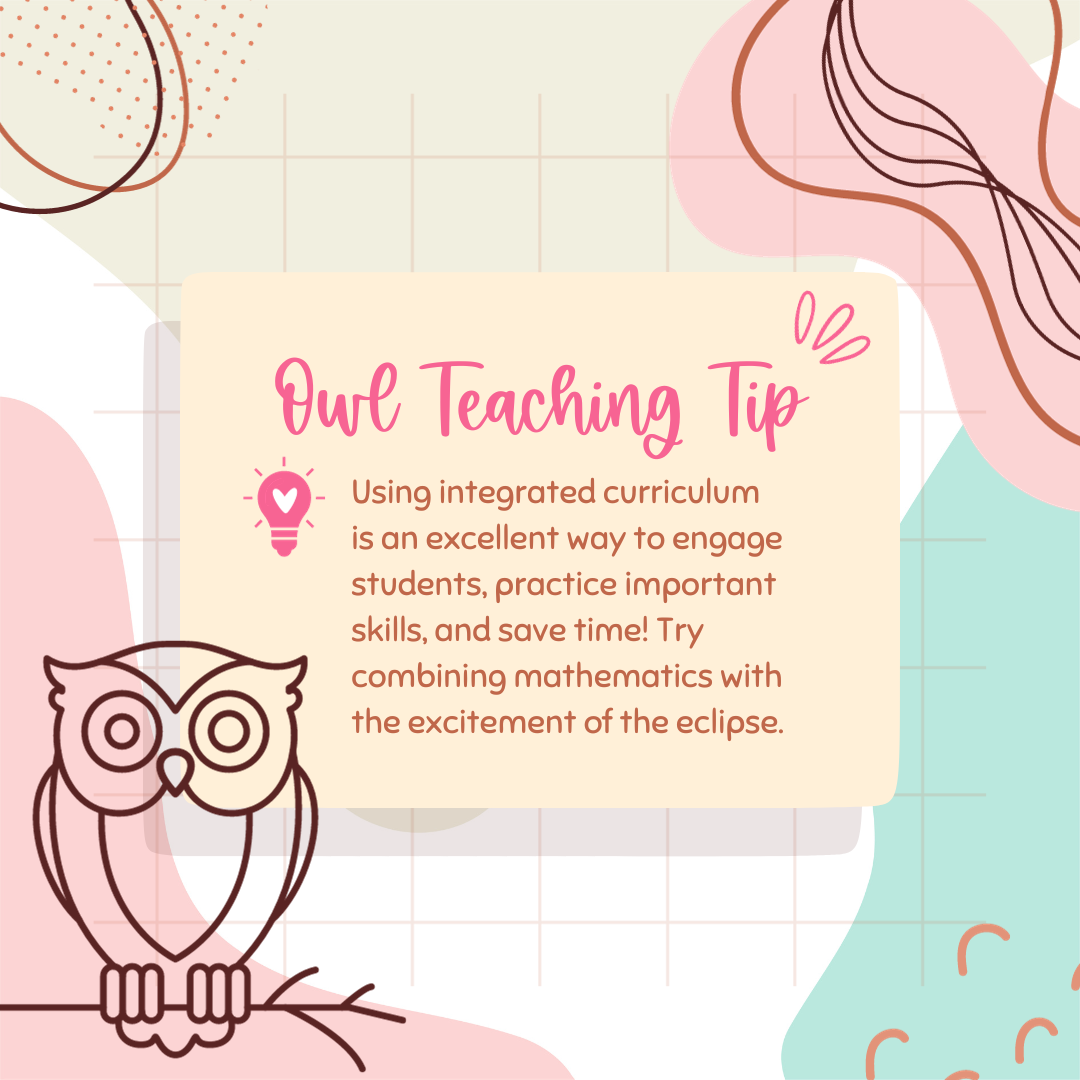When was the last time you watched an eclipse? Personally, I haven’t seen any since August 2017, aptly named the “Great American Eclipse” by some media. This specific event was visible for the entirety of North America and featured a total solar eclipse! As someone who has always been fascinated with astronomy, this occasion will always stand out in my mind as a favorite… At least until April 2024, that is!
Whether you were lucky enough to see the total solar eclipse six years ago, there’ll be an opportunity to see another coming up on Saturday, October 14th! This is excellent news, not only for us science geeks, but for you as educators as well—when it comes to an event this exciting, even students who aren’t usually super keen on science are sure to be curious at the very least.
Solar and lunar eclipses are celestial phenomena that thrill science students of all ages, from elementary to adulthood alike! With the help of engaging math and science activities, you can harness the excitement of the upcoming solar event to teach about this science concept in your classroom. I’ve compiled a list of hands-on eclipse activities for both math and science, tailored for kiddos in upper elementary. Let’s get creative!
Understanding Eclipses Through Interactive Demonstrations
Kids are naturally curious creatures, especially if we’re taking steps to encourage curiosity in our classrooms. By guiding their curiosity and providing them with the means for student-led exploration, you’re sure to set up the foundation for lifelong learning!
Hands-on activities are a fantastic way to pique student interest as well as nurture that inquisitive nature. When it comes to eclipses, start off with a simple demonstration to help your kiddos understand this celestial phenomenon: a shadow play!
Eclipse Shadow Play
Regular plays are too mundane; after all, this is a special celestial event! For this demonstration, we’ll work with shadows. After all, it fits the theme!
Using a flashlight, a tennis ball, and a basketball, you and your students can simulate the positions of the Sun, the Earth, and the Moon. Encourage your classroom to adjust the positioning of each item in order to recreate both a solar and a lunar eclipse. Not only is this exercise tangible for students to grasp, but it also visually explains how shadows and alignments work. Grab a pair of hula hoops to demonstrate the age old question of why we don’t have an eclipse every month– this will definitely help students see that we don’t always align. You can also grab a paper version for FREE at the bottom of this post to help demonstrate this alignment.
Once you feel as though your students have a foundational understanding of the event, it’s time to add some learning to the mix! Let’s check out a few math activities we can integrate into this exciting occasion.
Math Solar and Lunar Eclipse Activities
Using this scientific occurrence to teach math may seem a bit far-fetched, but it’s no secret that I’m a huge advocate for an integrated curriculum in the classroom! With that in mind, let’s take a look at several engaging math activities to use with students in grades 3-5.
1. Eclipse Path Mapping
For this activity, provide your students with data and a map of upcoming solar and/or lunar eclipses. You can always find these resources from the nasa.gov website and from its military counterpart—for example, you can find the maps from the 2017 eclipse here.
Next, have students trace and predict where the event will be visible in order to sharpen their data interpretation and mapping skills. As an added bonus, you can even provide your classroom with live streams (if possible) or recordings of the eclipse around the world!
2. Solar and Lunar Eclipse Duration & Frequency
Another event on our math memoranda is based around duration and frequency. For this activity, instruct students to research and chart the durations of various past eclipses (for reference, you can find the durations on the .gov website here). Following that, students should calculate averages or make predictions based on the evident trends in the data.
Overall, this activity not only introduces kiddos to real-world data, but it also reinforces basic math operations as well as the concepts of mean, median, and mode. Real-life applications and math practice? It’s a win!
3. Eclipse Time Calculation
By utilizing NASA’s resources, provide students with relevant data about the Moon’s orbit and speed. Encourage your classroom to calculate how long a solar or lunar eclipse may last based on the provided figures. This activity combines both math and the science of astronomy, teaching students about the relationship between time, speed, and distance.
Once your students have had enough math (by your standards, not theirs!), it’s time to move on to the more science-oriented activities!
Science Solar and Lunar Eclipse Activities
The upcoming solar eclipse on October 14th may be on a Saturday, but that doesn’t mean your classroom has to miss out on the excitement. Your classroom is the best place for hands-on engagement, after all! Let’s shine some light on four interactive scientific activities.
1. Solar Eclipse Viewer
In your classroom, preface this activity with the motto “safety first!” You and your students should never look directly at the Sun, even during a solar eclipse. With that in mind, guide students to create their own personal viewing boxes using cardboard and pinhole techniques, such as those outlined in this NASA post.
During a total solar eclipse, such as the one occurring in April of 2024, there is about a minute to two minutes of “totality,” or a duration where the Sun is completely obscured by the Moon. It is technically safe to view the event with the naked eye during totality, but be careful to keep all eyes protected during the partial phases! In addition, the solar eclipse in October 2023 will be annular, not total. This means that the Sun will always be at least somewhat visible; in other words, eye protection is necessary for the entirety of the celestial event!
Overall, this safe-viewing activity will teach kiddos both the science behind safe solar observation as well as the mechanics of the eclipse itself.
2. Moon Phase Journal
Although keeping track of the Moon’s phases is not directly an eclipse activity, understanding this scientific concept is nonetheless integral to grasping the celestial phenomenon. For this activity, ask students to maintain a month-long journal documenting the changes in the Moon’s appearance. In addition, students should sketch its shape, note the date, and even incorporate the times of their observation.
Ask students exploratory questions, such as “Do you think the phases of the Moon are related to eclipses?” and “Do you think the Moon must be in a certain phase in order for a lunar eclipse to occur?” Of course, we know that lunar eclipses occur at the full moon phase; see if your students can come to the same conclusion!
3. Moon Phases App
Any avid reader of my blog can tell you that I am lowkey obsessed with craftivities, so there’s no way I’m going to pass up the opportunity to create one for this event! In fact, I already have the perfect fit: my iPad Moon Phases craftivity.
With this resource, your students create an “iPhone app” (with paper and a ready-to-use template). This hands-on activity reinforces moon phases and vocabulary to help your grades 3-5 students understand lunar phenomena.
4. Sun’s Radiance Test
As recommended by NASA, your students can use a simple UV bead experiment to show how the prevalence of ultraviolet light changes during a solar eclipse as the sunlight diminishes and the Moon obscures the Sun. First, provide students with UV-sensitive beads. Next, let them observe and document the change in bead color before, during, and after the solar event.
Afterward, encourage student-led inquiry. Ask curiosity-inducing questions, such as “Would a lunar eclipse have the same result? Why or why not?” Allow students to explore answers by think-pair-sharing or simply compiling evidence on the board as a class.
Overall, teaching about solar and lunar eclipses can be a memorable experience for students in upper elementary science classrooms. With the right blend of hands-on activities, math exercises, and scientific observations, you can turn these celestial events into foundational learning moments!

You can also grab a freebie to help you demonstrate how eclipses work by clicking here:

